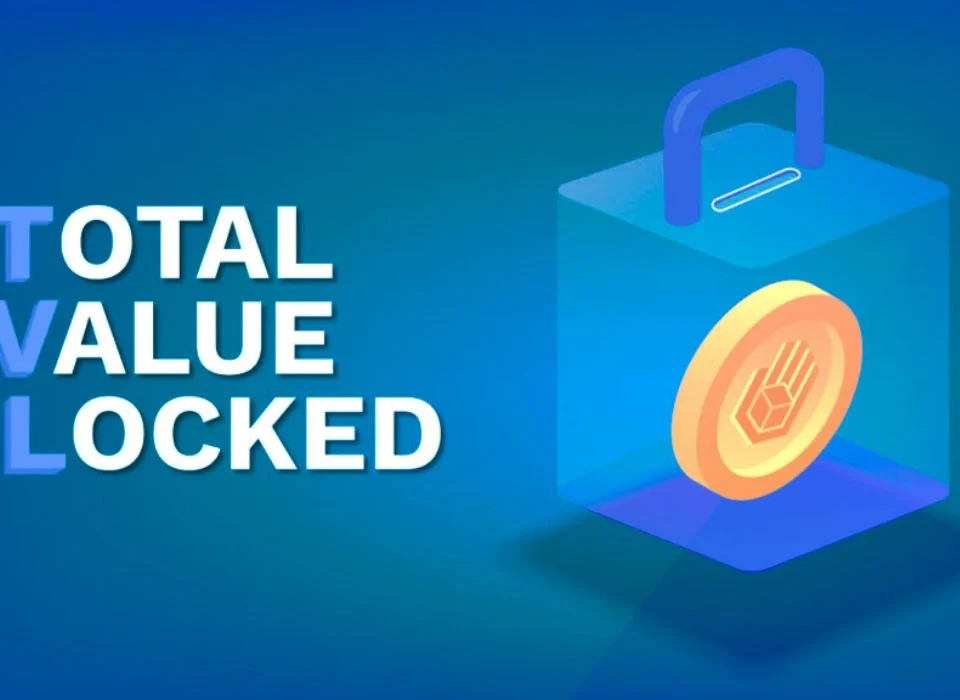
How to Create and Trade Your Own NFT
18/07/2024
The Role of Cryptocurrencies in Emerging Markets
20/07/2024The Benefits of Using Decentralized Finance (DeFi) Protocols
Decentralized Finance (DeFi) has emerged as one of the most transformative innovations in the blockchain and cryptocurrency space. By leveraging smart contracts and blockchain technology, DeFi protocols offer a wide range of financial services without the need for traditional intermediaries like banks and financial institutions. This comprehensive guide explores the numerous benefits of using DeFi protocols, how they work, and their impact on the global financial system.

Introduction to Decentralized Finance (DeFi)
What is DeFi?
Decentralized Finance (DeFi) refers to a system of financial applications built on blockchain networks that operate without central authorities. These applications use smart contracts to automate financial transactions and provide services such as lending, borrowing, trading, and investing.
How DeFi Works
DeFi protocols run on decentralized networks, primarily Ethereum, although other blockchains like Binance Smart Chain, Solana, and Polkadot are also gaining traction. Smart contracts, which are self-executing contracts with the terms directly written into code, are the backbone of DeFi applications. These contracts facilitate peer-to-peer transactions and automate complex financial processes without intermediaries.
Key Benefits of Using DeFi Protocols
1. Financial Inclusion
DeFi protocols provide financial services to anyone with an internet connection, regardless of their location or socio-economic status. This inclusivity is particularly beneficial for individuals in developing countries who lack access to traditional banking services. By eliminating the need for physical branches and intermediaries, DeFi opens up a world of financial opportunities to the unbanked and underbanked populations.
2. Reduced Costs
Traditional financial services often involve multiple intermediaries, each taking a fee for their role in the transaction process. DeFi protocols, by removing these intermediaries, significantly reduce transaction costs. Users can save on fees related to wire transfers, currency exchange, and loan processing, making financial services more affordable.
3. Transparency
DeFi operates on public blockchains, where all transactions are recorded and accessible to anyone. This transparency ensures that all activities can be audited and verified, reducing the risk of fraud and corruption. Users can trust that the system operates fairly, as the underlying code of smart contracts is open-source and available for inspection.
4. Accessibility
DeFi platforms are accessible 24/7, unlike traditional banks that operate within specific hours and may close on weekends and holidays. This constant availability ensures that users can access financial services whenever they need them, providing greater convenience and flexibility.
5. Control and Ownership
DeFi users have full control over their assets and transactions. Unlike traditional banking systems, where users must trust institutions to manage their funds, DeFi allows users to retain ownership of their private keys and manage their assets directly. This level of control reduces the risk of funds being frozen or confiscated by third parties.
6. Programmability
Smart contracts enable programmable financial instruments that can automate complex processes. This programmability allows for the creation of innovative financial products and services, such as decentralized exchanges (DEXs), automated market makers (AMMs), and yield farming protocols. Users can engage in sophisticated financial strategies without requiring intermediaries.
7. Interoperability
Many DeFi protocols are designed to be interoperable, meaning they can work together seamlessly. This interoperability allows users to combine different services and protocols to create custom financial solutions. For example, a user can borrow funds from one protocol, trade them on a decentralized exchange, and invest the proceeds in a yield farming platform.
8. Enhanced Security
While DeFi is not without its risks, the security provided by blockchain technology is a significant advantage. Blockchain’s decentralized nature makes it resistant to hacks and attacks that target centralized systems. Additionally, smart contracts enforce strict rules and conditions for transactions, reducing the risk of human error and manipulation.
Popular DeFi Use Cases
Lending and Borrowing
DeFi lending platforms, such as Aave and Compound, allow users to lend their cryptocurrencies to earn interest or borrow assets by providing collateral. These platforms operate without traditional credit checks, enabling anyone to access loans based on their crypto holdings.
Decentralized Exchanges (DEXs)
DEXs, like Uniswap and SushiSwap, enable users to trade cryptocurrencies directly with each other without relying on a centralized exchange. These platforms use liquidity pools and automated market makers to facilitate trades, providing greater security and privacy.
Yield Farming and Staking
Yield farming involves providing liquidity to DeFi protocols in exchange for rewards, often in the form of additional tokens. Staking allows users to earn rewards by locking up their assets to support the network’s operations. Platforms like Yearn.finance and PancakeSwap offer various yield farming and staking opportunities.
Stablecoins
Stablecoins are cryptocurrencies pegged to stable assets like fiat currencies (e.g., USD) or commodities (e.g., gold). DeFi platforms use stablecoins to provide stability and reduce volatility, making them ideal for transactions and savings. Examples include DAI, USDC, and Tether.
Insurance
DeFi insurance protocols, such as Nexus Mutual and Cover Protocol, offer coverage against smart contract failures, hacks, and other risks. These decentralized insurance products provide users with peace of mind and protection in the rapidly evolving DeFi landscape.
Asset Management
DeFi asset management platforms, like Set Protocol and TokenSets, enable users to create and invest in tokenized portfolios. These platforms automate portfolio management and rebalancing, allowing users to benefit from professional investment strategies without intermediaries.
Challenges and Risks in DeFi
Smart Contract Vulnerabilities
While smart contracts automate and secure transactions, they are not immune to bugs and vulnerabilities. Flaws in the code can be exploited by malicious actors, leading to significant financial losses. Regular audits and robust testing are essential to mitigate these risks.
Regulatory Uncertainty
The regulatory environment for DeFi is still evolving, with different jurisdictions taking varied approaches to regulation. Uncertainty around compliance and legal frameworks can impact the growth and adoption of DeFi protocols. Users and developers must stay informed about regulatory changes and ensure compliance.
Market Volatility
Cryptocurrencies are known for their high volatility, which can affect the value of assets in DeFi protocols. While stablecoins mitigate some of this volatility, users must be prepared for price fluctuations and manage their risk accordingly.
Liquidity Risks
DeFi platforms rely on liquidity to function effectively. Low liquidity can lead to slippage and increased transaction costs. Users must be aware of liquidity risks and choose platforms with sufficient liquidity to support their activities.
Future Prospects of DeFi
Mainstream Adoption
As DeFi continues to grow and mature, it is likely to see increased adoption by mainstream users and institutions. Enhanced user experiences, regulatory clarity, and improved security measures will contribute to this growth.
Integration with Traditional Finance
The lines between DeFi and traditional finance may blur as more financial institutions explore blockchain technology. Hybrid models that combine the benefits of decentralization with the stability and trust of traditional finance could emerge, offering new opportunities for innovation.
Advancements in Technology
Ongoing advancements in blockchain technology, such as Ethereum 2.0 and layer-2 scaling solutions, will enhance the scalability, security, and efficiency of DeFi protocols. These improvements will enable DeFi to handle a larger volume of transactions and support more complex financial products.
Greater Interoperability
Efforts to improve interoperability between different blockchains will expand the capabilities of DeFi protocols. Cross-chain solutions and bridges will enable seamless interactions between various networks, unlocking new possibilities for users and developers.
Conclusion
Decentralized Finance (DeFi) offers numerous benefits, from financial inclusion and reduced costs to transparency and enhanced security. By leveraging blockchain technology and smart contracts, DeFi protocols provide a wide range of financial services without the need for traditional intermediaries. While there are challenges and risks to consider, the potential for innovation and growth in the DeFi space is immense. As DeFi continues to evolve, it has the potential to reshape the global financial system, making it more accessible, efficient, and inclusive for everyone.



